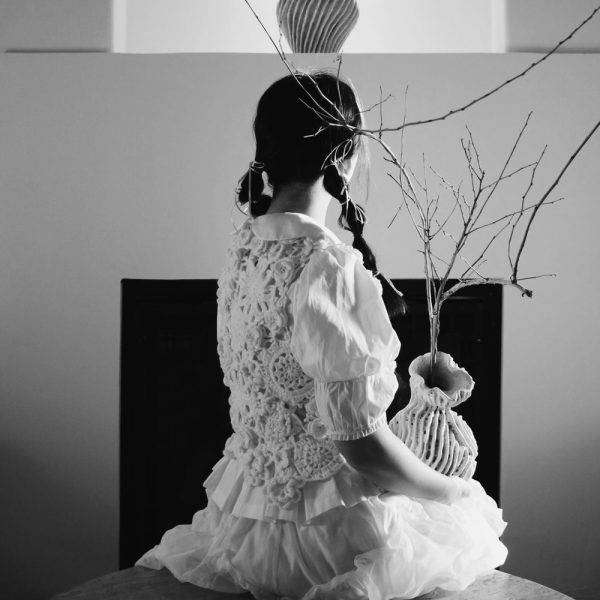2025
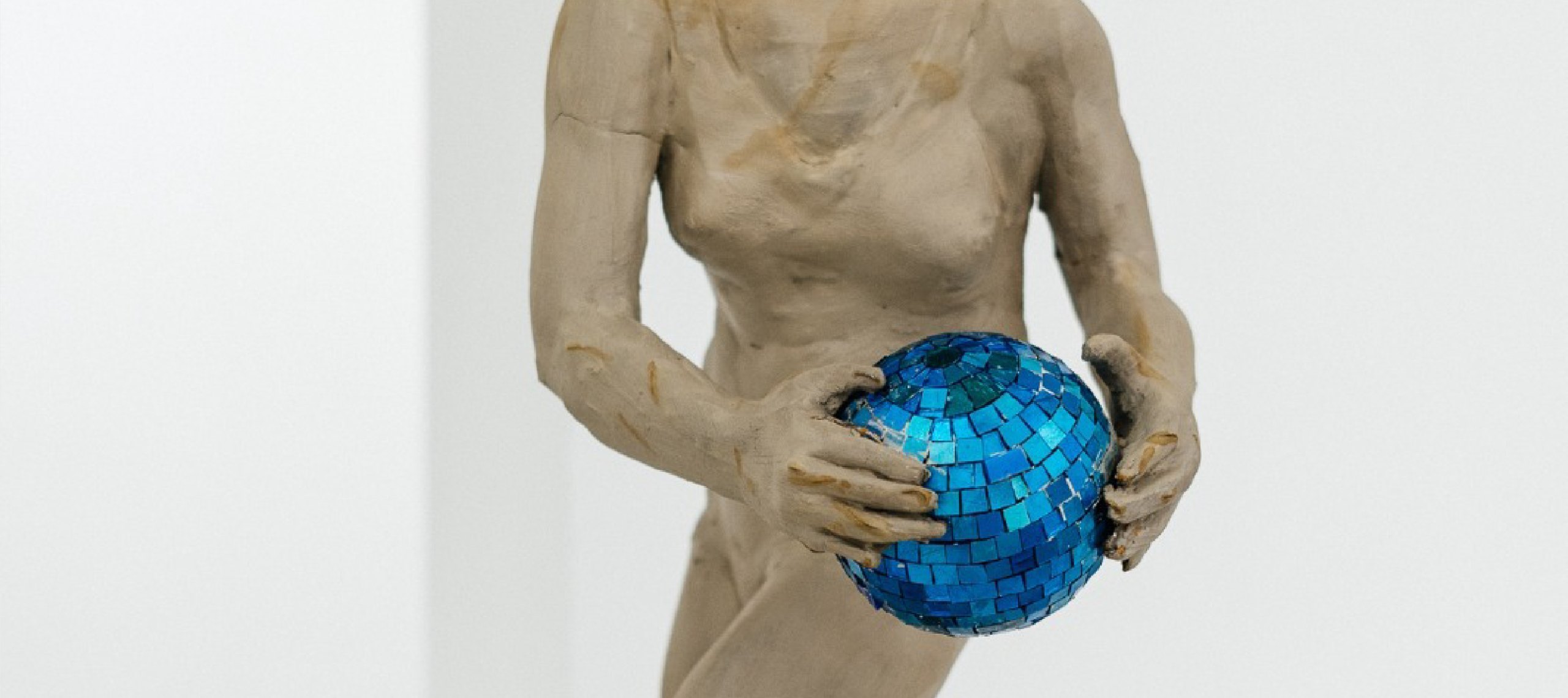
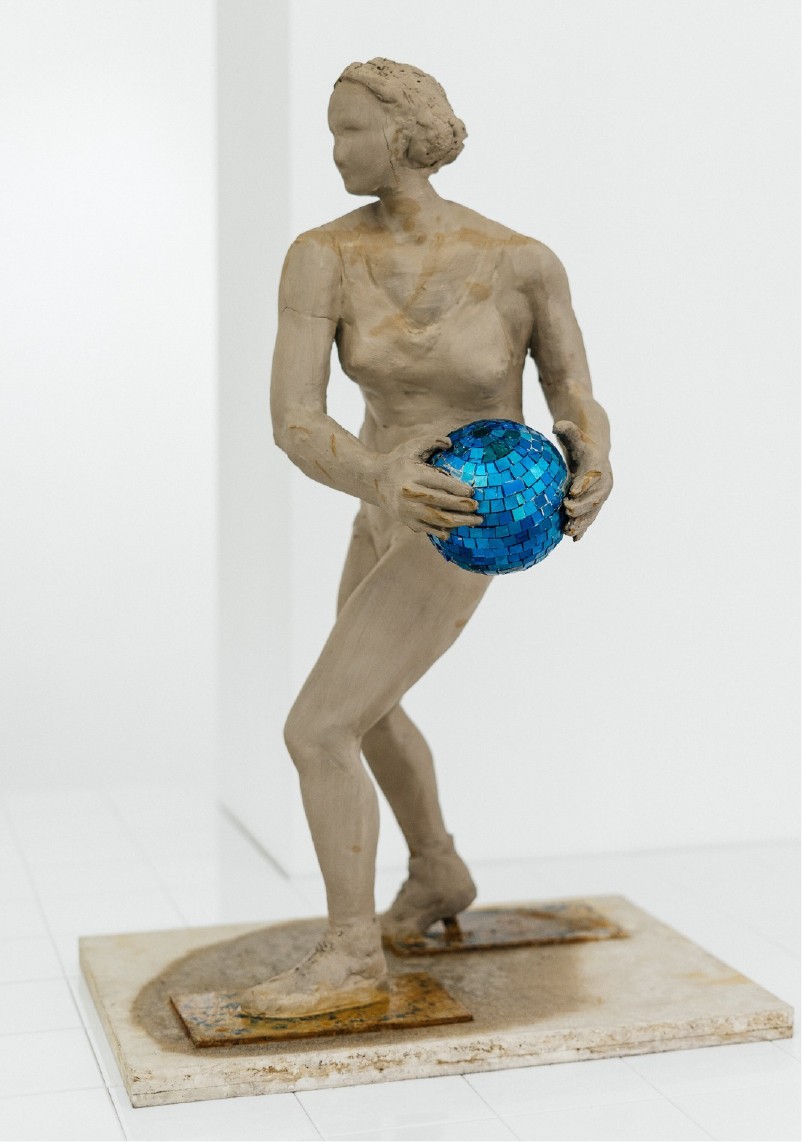
In Western philosophical tradition, paradise has often been interpreted either as a concrete place or as a state of mind and utopian ideal. Plato, for example, speaks of a world of ideas, a realm of pure perfection, in contrast to the imperfect reality of the material world. In medieval Christian thought, paradise is both a place of origin (the Garden of Eden) and an eschatological promise (Heaven).
Modern and contemporary philosophers, such as Nietzsche and Heidegger, have reinterpreted paradise in existential and metaphysical terms, questioning the idea of a lost harmony and a future restoration. For Nietzsche, the concept of paradise is a moral construction designed to soothe human suffering, while for Heidegger, nostalgia for a “lost paradise” is an expression of modern alienation from Being.
Yet paradise appears as a recurring myth in almost all cultures, reflecting the human need to explain the origin, purpose, and destiny of humanity. These myths are often linked to the idea of a rupture or fall — an event through which humanity loses paradise and is cast into the world, where it must confront suffering, death, and imperfection. Thus, paradise becomes a symbol of collective nostalgia, a representation of an ideal time and space toward which people aspire.
However, in contemporary societies, paradise has been transformed from a transcendent ideal into a materialist one — exotic islands, self-sufficient communities, or artificial paradises created through technology are modern reinterpretations of the same ancient desire to escape everyday reality.
In political philosophy, paradise intersects with the idea of utopia—a perfect, equitable, and harmonious society. Yet history shows that many attempts to turn utopia into reality have led to totalitarian regimes or oppression, as Karl Popper warned. Therefore, paradise remains an ever-desired ideal, but one that is never fully attainable.
Today, under the dominance of artificial intelligence, transhumanism and climate change, paradise takes on new forms, leading to the next question: Is it possible to build a paradise on Earth? Or is the search for paradise, in itself, a necessary illusion of the human condition?
Artists
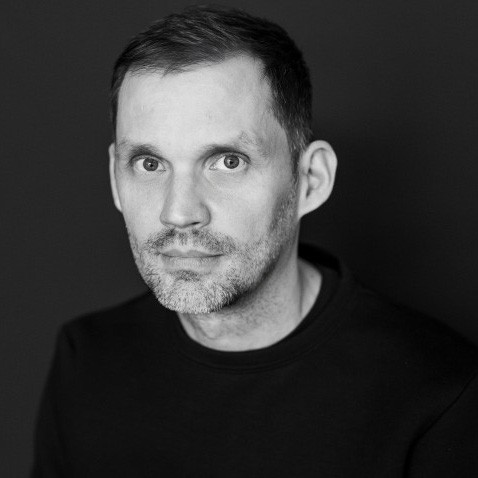
Vlad Nancă
Vlad Nancă (b. 1979) is a visual artist known for his works that explore public space, collective memory, and the intersection of art, architecture, and design. Active since the early 2000s on the Romanian art scene, he reinterprets local symbols and everyday elements through a conceptual and poetic lens. His practice spans installations, objects, and urban interventions, featured in numerous national and international exhibitions.
https://www.instagram.com/p/CcxmQlnDmsG/?hl=en
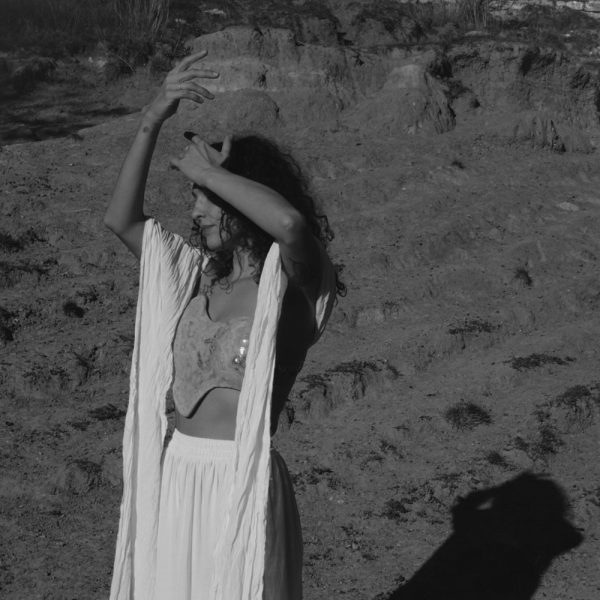
UAU
UAU Studio embodies an instinctual approach to ceramic design, where the artisan’s touch is imbued into every creation. Established in Romania by visionary artist Vanessa Singenzia, the studio’s journey through the boundless potential of ceramic materials has culminated in an unmistakable design ethos.
At the heart of UAU’s design philosophy lies an unwavering commitment to meticulous craftsmanship. This dedication is woven into the fabric of our process, yielding not only functional pieces but also sculptural and conceptual artworks. Each creation is a testament to the fusion of form and function, where artistry serves utility.
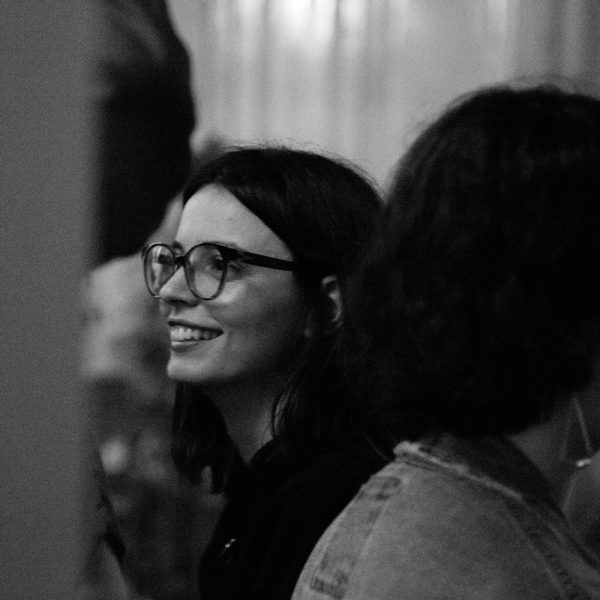
Ema Cristescu
With a predilection for poetic and philosophical experiences, Ema Cristescu manifests her inner world through ceramics in an unfinished and fragile manner.

Dana Catona
Dana Catona is a visual artist and poet (b. 1967, Timișoara), a graduate of the U.A.D. Cluj-
Napoca. Currently an associate professor at the Faculty of Arts and Design, West University
of Timișoara. She is the initiator of the Pend project within the Faculty of Arts and Design, a
space for interaction between artists and students. Participates in exhibitions with works of
ceramics, textiles, painting and graphics and is concerned with exploring the connections
between the visual and literary mediums and researching new paradigms of contemporary Ceramics.
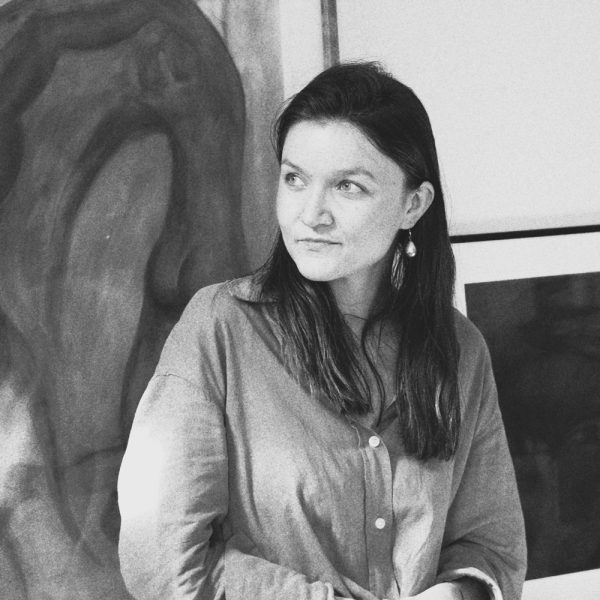
Ars_Ana
Ana Gurduza is a maker of forms and ideas, originally from the Republic of Moldova and currently based in Bucharest. Her artistic practice is centered on ceramics, a medium of poetic expression that blends functionality with storytelling and emotional depth. With a background in architecture and restoration, her sensitivity to proportion, materiality, and history now informs her work with clay—where tactility, imperfection, and timelessness become essential tools. Alongside ceramics, painting holds an important place in her visual language, offering a space for intuition, color exploration, and emotional resonance. Through cobalt strokes laid on delicate surfaces, Ana explores the invisible threads between memory, beauty, and the quiet rituals of everyday life.
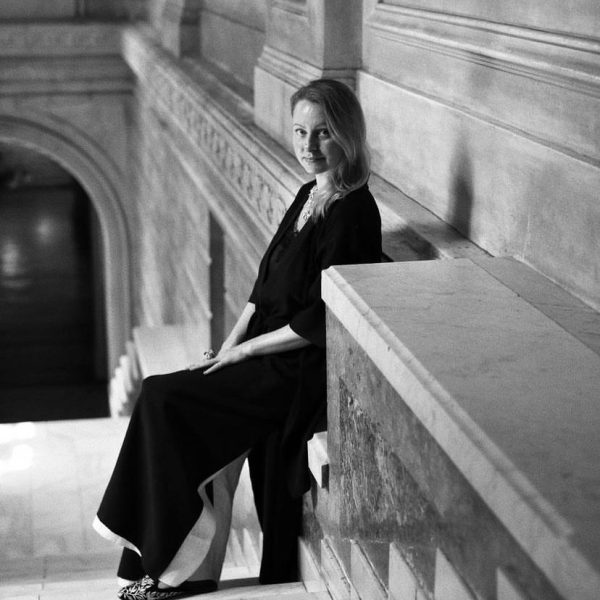
Ramona Biciușcă
Ramona Biciușcă (b. 1979, Iași) is a visual artist, ceramist, and associate professor at the “George Enescu” National University of Arts in Iași. Educated in Romania and Spain, her career spans monumental ceramics, environmental art, and international exhibitions. She is a member of the Romanian Union of Fine Artists and collaborates with MAY gallery in Paris. Her works, featured in AD France, are part of prestigious art collections and cultural heritage projects across Romania.
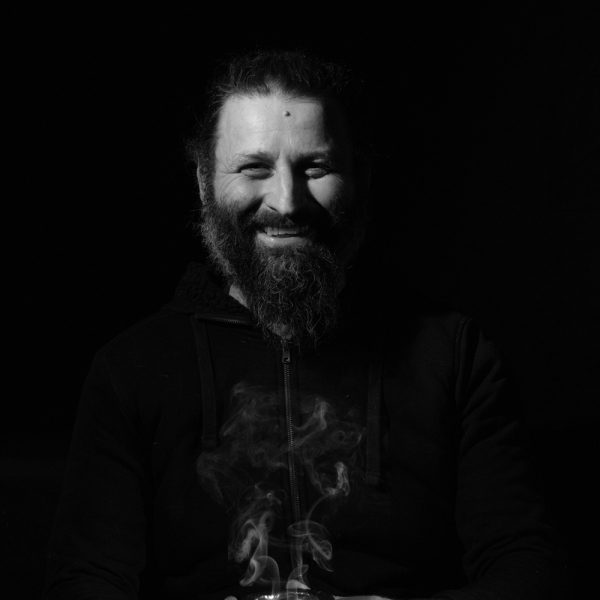
FireKultur
Daniel Pop (b. 1976) is the founder of the artistic group Firekultur and a designer specializing in furniture and environmental ceramic installations. A graduate in polychrome wood restoration and a master’s degree holder in sculpture from the “George Enescu” National University of Arts Iași, he fuses art, design, and architecture into monumental, brutalist works. His pieces, featured in major public projects across Romania, explore the transformative potential of materials through unique volcanic textures and glazes.

Ilinca Aldea
Aldea Ilinca is a first-year master’s student specializing in ceramics at the Faculty of Visual Arts and Design, George Enescu University of Iaşi. Her works explore the realm of fantasy, developing a passion for creating beings and imaginary creatures. Her universe takes shape both through ceramic modeling and graphic drawing techniques. The attention to detail highlights the student’s sensitivity and gives the represented authenticity and personality.
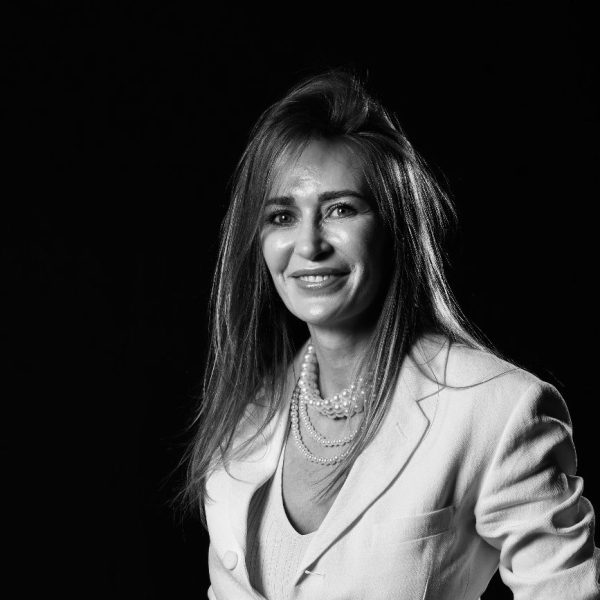
Codrina Dragomir
Codrina Dragomir is a first-year master’s student in Mural Art – Ceramics at the “George Enescu” National University of Arts in Iași, having completed her undergraduate studies in the same field in 2024. Her artistic practice explores acrylic painting, performance art using unconventional materials, and modular ceramics with organic structures. With a strong interest in material expressiveness, dreamlike atmospheres, and spiritual themes, Codrina aims to develop a career in both visual arts and art education.
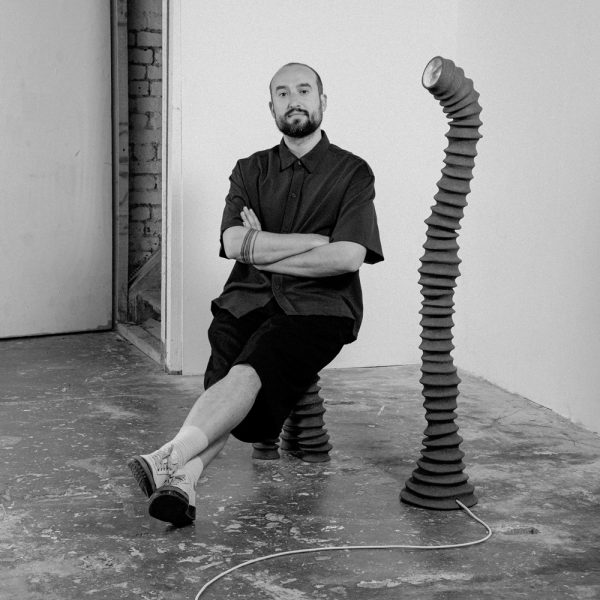
Cătălin Filip
Cătălin Filip (b. 1989) is a Romanian-born, UK-based artist and architect specializing in ceramic art. As a self-taught ceramicist, Cătălin approaches clay with an intuitive, experimental process, embracing trial and error to develop unconventional techniques that achieve the forms he wants. His sculptural ceramic objects are inspired by the organic movement and distortions found in the natural environment.
With a background in architecture, Catalin blends his artistic vision with functional design, creating pieces that balance form and purpose. Over the past year, his work has been exhibited in the UK, The Netherlands, Romania, Greece and Mexico.
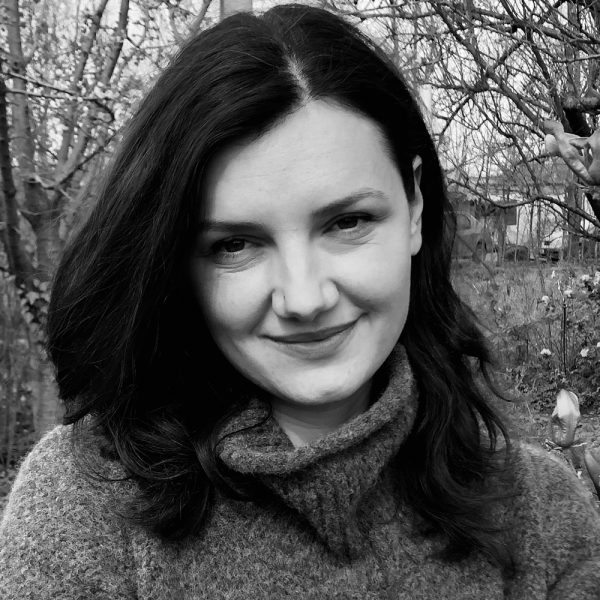
Victoria Finala
Victoria Finala is a visual artist and ceramist, focused on creating works sensitive to materiality, texture, and gesture. Her practice explores organic forms and natural processes, with a special attention to the balance between fragility and strength. Active in contemporary art exhibitions and projects in Romania, she approaches ceramics as a living space for experimentation and poetic expression.
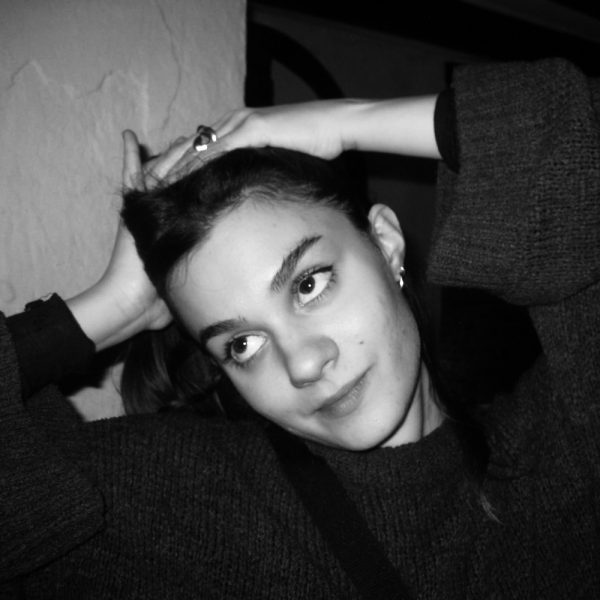
Maria Staicu, Kalut Ceramics
Maria Staicu is a visual artist working primarily with ceramics, known under the name Kalut Ceramics. She approaches clay in an intuitive way, guided by the material’s specific properties. Through irregular shapes, contrasting colors, and unexpected glaze combinations, her pieces blur the lines between functional and decorative. Each creation is handmade and carries its own energy and character.
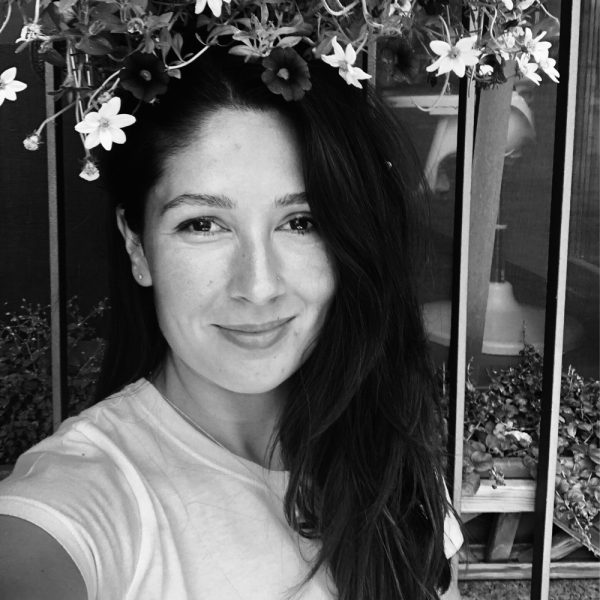
Ioana Bogin
Her passion for ceramics embraces asymmetry and the raw beauty of nature, allowing the clay to guide her in revealing its unique form. Primarily using her hands, she molds while occasionally enlisting wooden tools to add subtle textures and details, resulting in simplicity infused with elegance.
With a heart aligned to minimalism, she draws inspiration from beauty’s imperfections, weaving together the threads of the timeless and the modern. Her work reflects nature’s diverse forms and colors, creating objects that not only enhance everyday life with beauty but also invite reflection and connection.
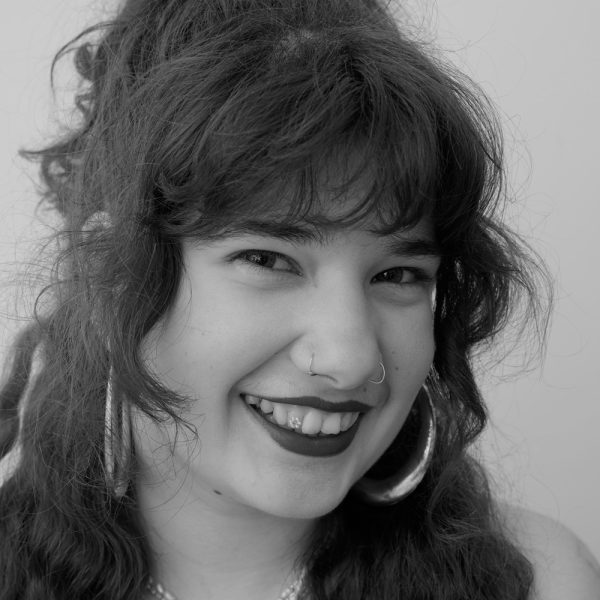
Ioana Mincu
Ioana Mincu (n. 2001) is a Romanian young visual artist who explores a universe of personal mythologies, characterized by an unaltered, sometimes naive fascination with the world. Her work takes various forms, ranging from traditional drawing and painting to ceramics, video, and installation.
Drawing inspiration from childhood animistic beliefs, nature, fairy tales, and cartoons, she uses fantasy and escapism not as blind detachment from reality but as a way to foster connection and appreciation for environmental, social, and mental ecologies. Her magical creatures sneak out of imagination and reveal themselves in cotidian settings as symbols of the invisible interconnectedness that surrounds us.
She pursued a degree in Illustration at the University of the Arts London (2019–2023). In the past year, her work has been exhibited as part of the STOL Collective at Suprainfinit Gallery in Bucharest. She also held her first solo show at Out House Gallery in London and another solo-show ‘What Knots Knot Knots’ at Atelier 35, Bucharest.
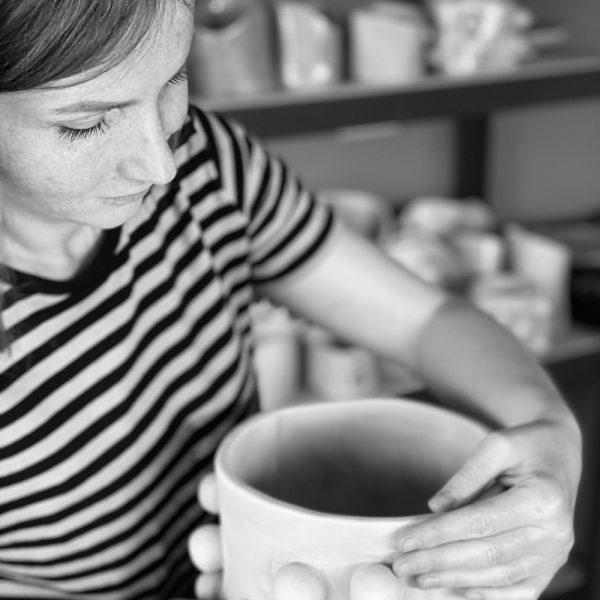
Atelier SURSUR, Iași
Atelier SURSUR is a contemporary ceramics studio based in Iași, focused on creations that investigate natural textures, imperfect forms, and the relationship between functionality and expressiveness. Through an intuitive and experimental working process, Atelier SURSUR proposes objects that bring the poetry of matter into everyday life, through a sincere, sensitive ceramic language deeply connected to the rhythms of nature and daily living.
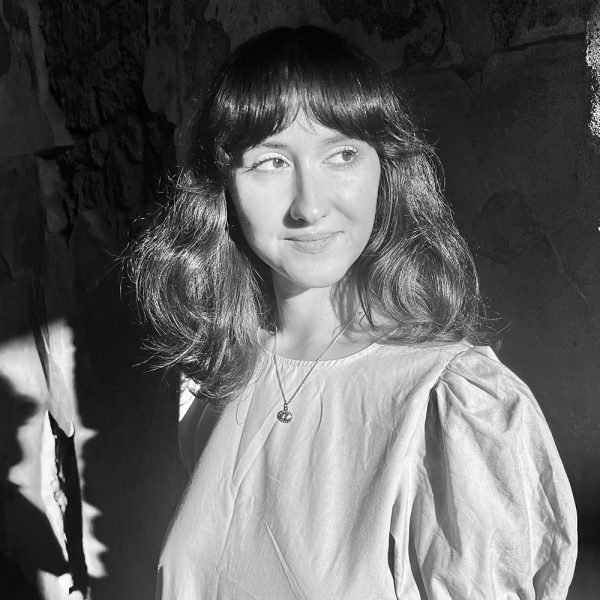
Surrogate Selves
Surrogate Selves is a project of functional hand built ceramic objects inspired by the human anatomy, hairdos and fictive characters that can mirror us or become our extended selves. The story behind each object explores the idea of identity, its construction and its transformations. These household items are designed to help us create a fresh bond between ourselves and the objects we interact with on a daily basis, unconsciously teaching our body new ways to see and touch our belongings.
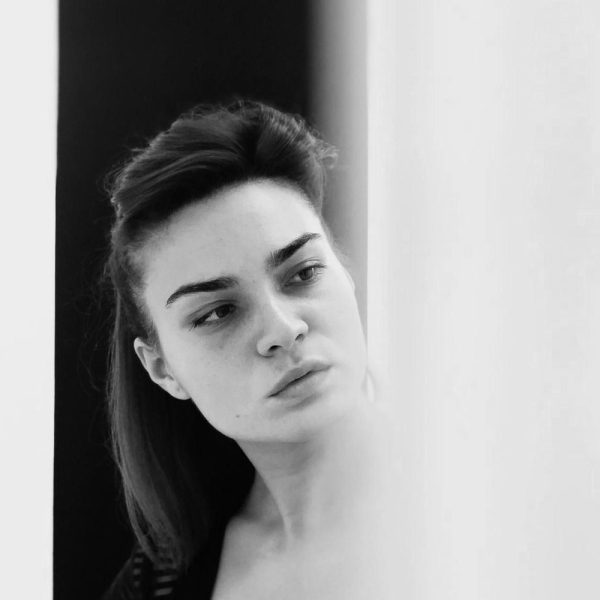
Diana Vasilescu
Diana Vasilescu (b. 1989) is a visual artist and a graduate of the Master’s program in Graphics at the National University of Arts in Bucharest. Her artistic practice focuses on ink drawing on paper, exploring themes of intimacy, corporeality, and the relationship between the individual and the collective. Passionate about the connection between art and education, Diana also leads creative workshops for children. She works across various mediums – from ceramics and linocut to graphic design – developing collections of artistic objects made from porcelain, stoneware, and plexiglass. She has exhibited in independent spaces such as Goodbuy Gallery and Suprainfinit Gallery in Bucharest and has participated in contemporary art and design events.
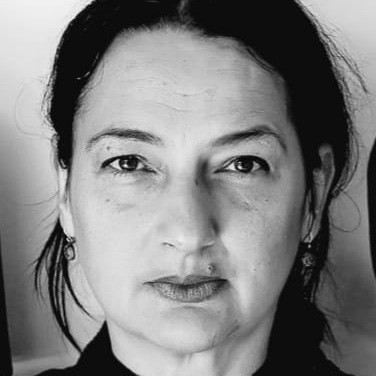
Ana Maria Ariciu
Ana-Maria Ariciu (b. 1976, Alba-Iulia) is a visual artist and ceramist, a graduate of the Faculty of Decorative Arts and Design, Ceramics Department, at the National University of Arts Bucharest (class of 2002). Since 2003, she has regularly exhibited with the U.A.P. Alba-Iulia branch and participated in numerous collective and solo exhibitions nationwide, including the Transylvanian Art Salon, the Decorative Arts Salon Cotroceni, Elite Art Gallery Bucharest, and Museikon Alba-Iulia. A member of the Romanian Union of Visual Artists since 2011, she also attended the “Human” ceramics camp in Cucuteni, Iași. Her artistic practice explores the relationship between memory, objects, and identity.
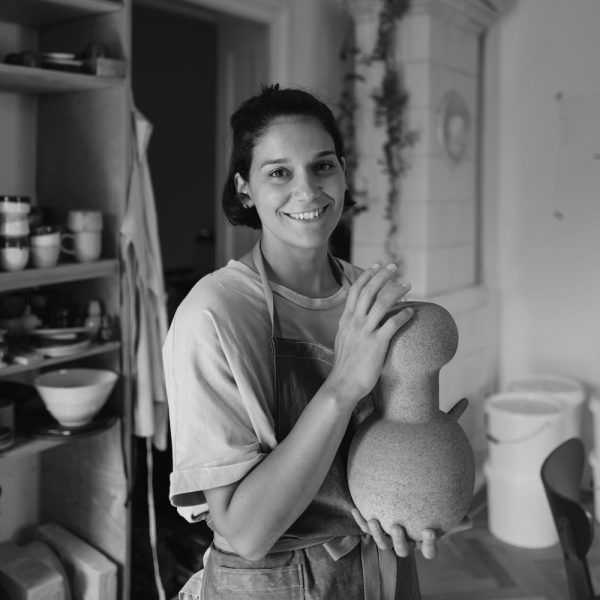
Sandra Berghianu
Sandra Berghianu is a ceramicist based in Bucharest and trained in Japan. She creates sculptural pieces inspired by the imperfections and unique shapes found in nature that she seeks out as an exercise in observation and happiness; a need to find beauty in her surroundings, as a response to bigger world events that we all struggle to engage with, especially those which are ugly or unpleasant.
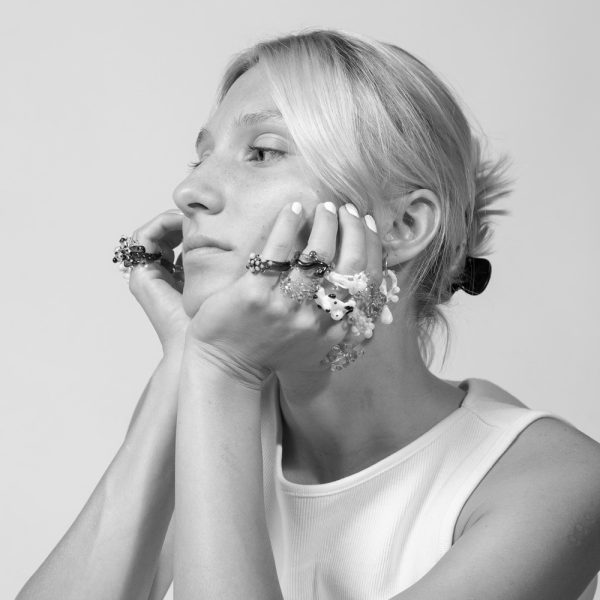
Lorena Rode
Lorena Rode is a Rotterdam-based artist. Her work seeks to understand the shared spaces between humans and the natural world, guided by her deep care for symbiosis and a fascination with more-than-human knowledge. Her creations defy rigid boundaries, existing as tools, stories, sculptures, or performances. She strives for a fluidity and playfulness in her work, crafting objects often made from a combination of various materials, including glass, wool, and ceramics.
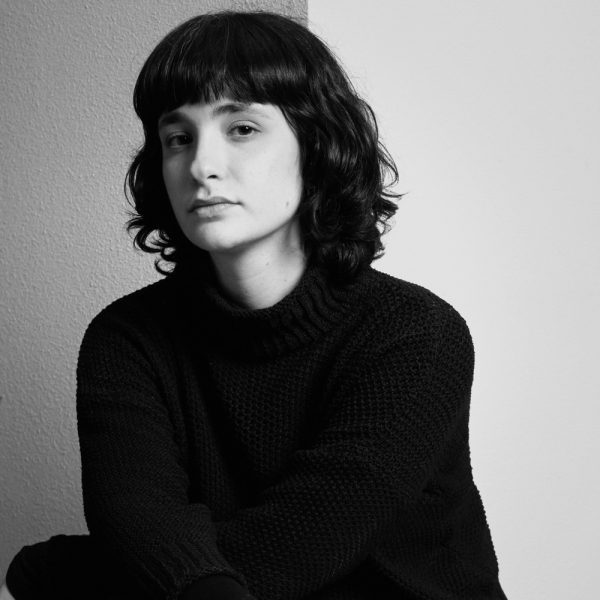
Martina Farrugia
Martina Farrugia (1998) is a designer based between Malta and the Netherlands. With a background in art history, archeology and digital art, her current artistic practice explores tangible cultural heritage and collective memory, translating her research and findings through clay-making.

Javier Posac
Javier Posac followed Industrial Design by the University of Zaragoza and Torino polytechnic. In 2016 he started a ceramic degree in the Arts School of Zaragoza, concluding in 2019 with an internship in the Workshop Ceramic School of Muel.
He combines two types of work. One utilitarian line, produced principally by throwing wheel. And a second line more personal, based in fluid and organic forms, built pinching small portions of clay. He uses mainly stoneware, porcelain, and local clay that he extracts from the surroundings.
His inspiration comes from nature and the traditional pieces used for the ancient civilizations for transport goods along the mediterranean sea.
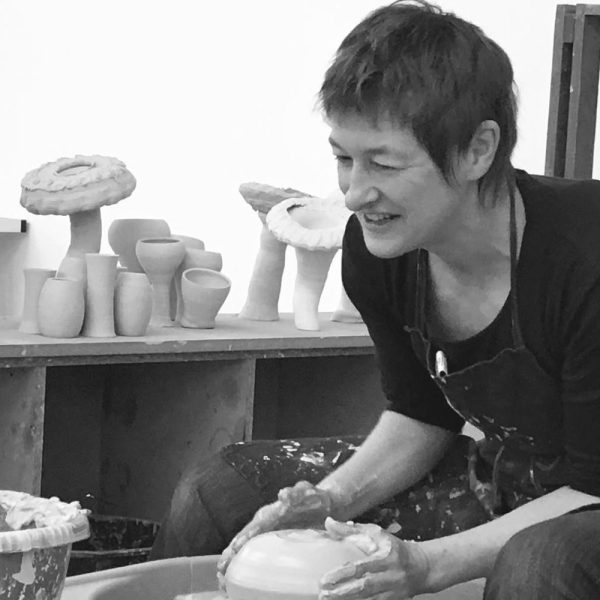
Constanze Abroell
The first serious contact of Constanze with clay was during her art studies. Her intention was to study painting, but then she discovered ceramics at her art school. Clay is a very plastic material with endless possibilities. So Constanze started turning her two-dimensional paintings into three-dimensional sculptures or installations.
For the artist, nature is the greatest designer. In her art, she processes impressions she has gathered from nature or ideas she has discovered from electron microscope images to transform them into her own world of organisms.
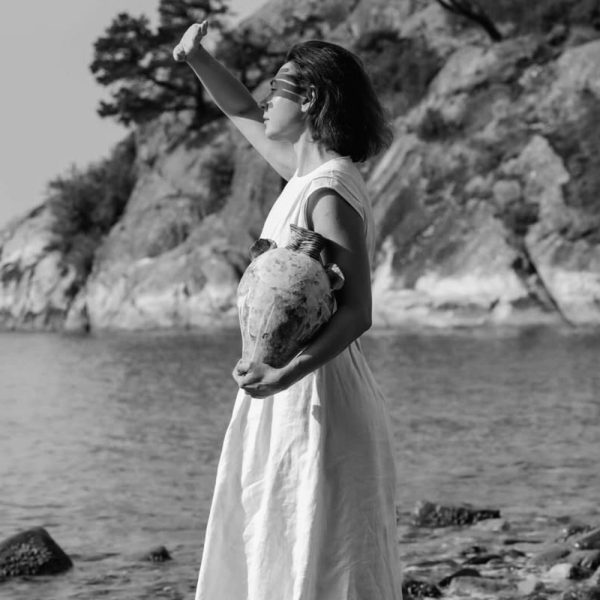
Olga Iacovlenco
All Olgas works are an exploration of organic forms and the fragile beauty of the natural world. Guided by a desire for calmness and tranquillity, she seeks to evoke a sense of peace and harmony through my minimalist creations. Every piece is a meditation on naturalness, an invitation for contemplation, and an embodiment of consciousness.
Her creative process is rooted in simplicity. Working with clay in a simple hand-building technique, Olga brings her sculptures into; coil by coil slowly and thoughtfully. From the silent exchange with the material, contours and shapes manifesting into an enduring presence. It is the process of envisioning intellectual, emotional, and sensual information in a three-dimensional space. This way of making, allows each piece to tell the story of its becoming.
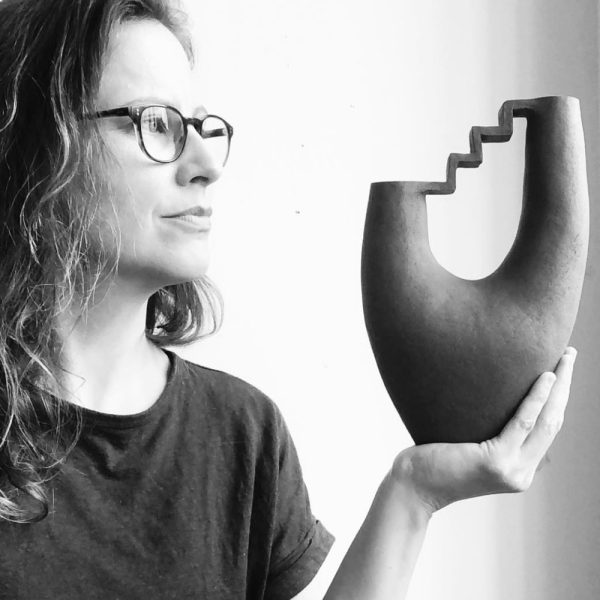
Janice Cormier
Janice is interested in topics such as humanity and nature. Her sculptural work serves as an exploration of themes like connection, emotion, belonging, and sense of place. The artist creative journey usually begins outdoors. Moments of wandering through forests, exploring rocky shorelines, and finding natural objects are fuel for her creative practice. Janice gather wild materials for both inspiration and exploration in the studio. She experiment with wild clays, rocks, minerals and wood ash. Each bears the marks and stories of specific places and time.
Arhitect
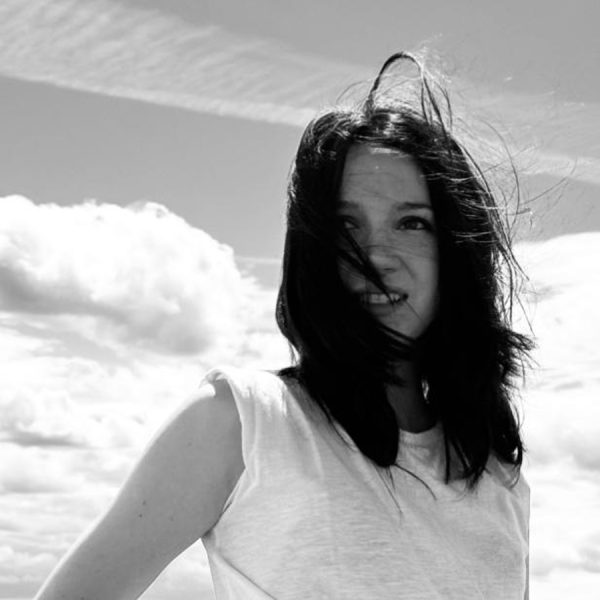
Carina Lăcătușu
Ana Carina Lăcătușu a absolvit cursul de Arhitectura de Interior la Oxford School of Architecture (OBU), Marea Britanie, în 2022. În 2023, s-a alăturat echipei Romanian Creative Week. În 2024, în cadrul celei de-a 4-a ediții a festivalului, a curatoriat The Living Thread/ o expoziție live. The Living Thread invită persoane din toate colțurile lumii să colaboreze la cusutul unei singure, unice bluze românești. Proiectul este acum într-o călătorie globală, îndeplinindu-și misiunea simbolică de a completa această lucrare de artă colectivă.
Carina a studiat conceptul de “furnitecture” și integrarea sa eficientă în diferite spații, fiind puternic influențată de natură, artele vizuale și identitatea culturală în procesul său creativ. În prezent, se concentrează pe explorarea unor perspective noi în designul de expoziții, scenografie și designul de mobilier.
Curators
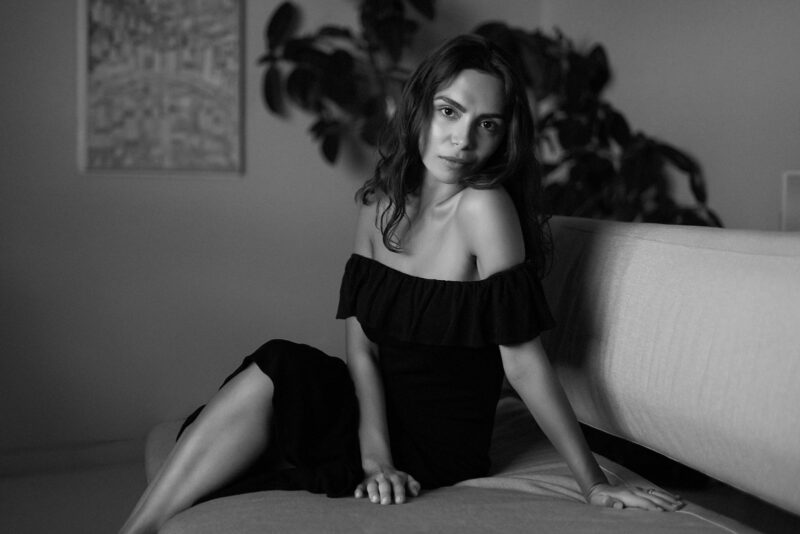
Caterina Pruteanu
She graduated from the “George Enescu” University of Arts in Iași with a degree in Theatre Studies – Cultural Journalism, and then continued her studies at the master’s program of the University of Bucharest, the Center for Excellence in Image Studies, specializing in Society, Multimedia, Spectacle.
She has coordinated several cultural projects and is currently the founder and curator of the ACT – arthouse cinema&theatre festival and part of the team of the TV show Starea Nației (with Dragoș Pătraru).
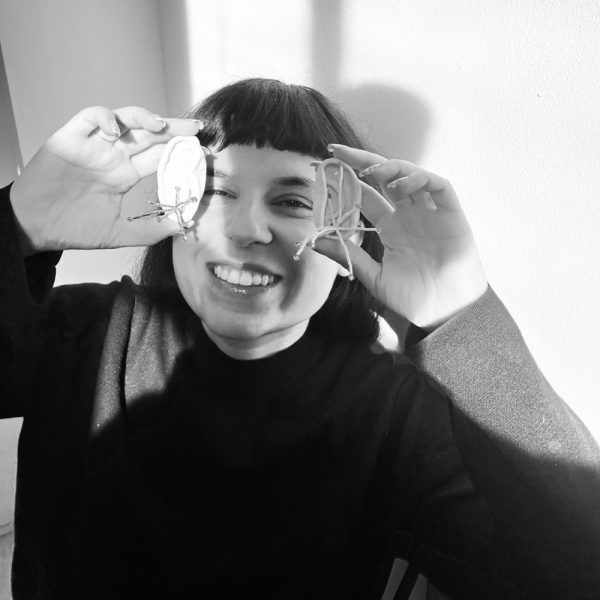
Adina Orboi
Adina Orboi este fondatoarea conceptului Muse um, un brand care are la bază valori etice și grija față de oameni, animale și natură. În experiența sa profesională, a studiat Designul Vestimentar atât la Licență cât și la Master, lucrând mai apoi pentru un brand sustenabil din Amsterdam ca Head Of Design. Parcursul Adinei este specializat în materialele inovatoare precum piele biodegradabilă din măr, cactus sau alge, colaborând cu diferite brand-uri, furnizori, dar și cercetători din industria modei sustenabile.
În prezent, Adina locuiește în Rotterdam, dezvoltând colaborări interdisciplinare cu alți artiști locali și internaționali, având ca punct de plecare întrebarea: Cât de mult luam și cât de puțin oferim înapoi naturii? Fiecare proiect trece prin mâinile Adinei, focusându-se pe revalorizarea materialelor textile într-un mod blând și organic. În cadrul RCW este co-curator al secțiunii de ceramică contemporană, LUT – Contemporary Ceramics.
